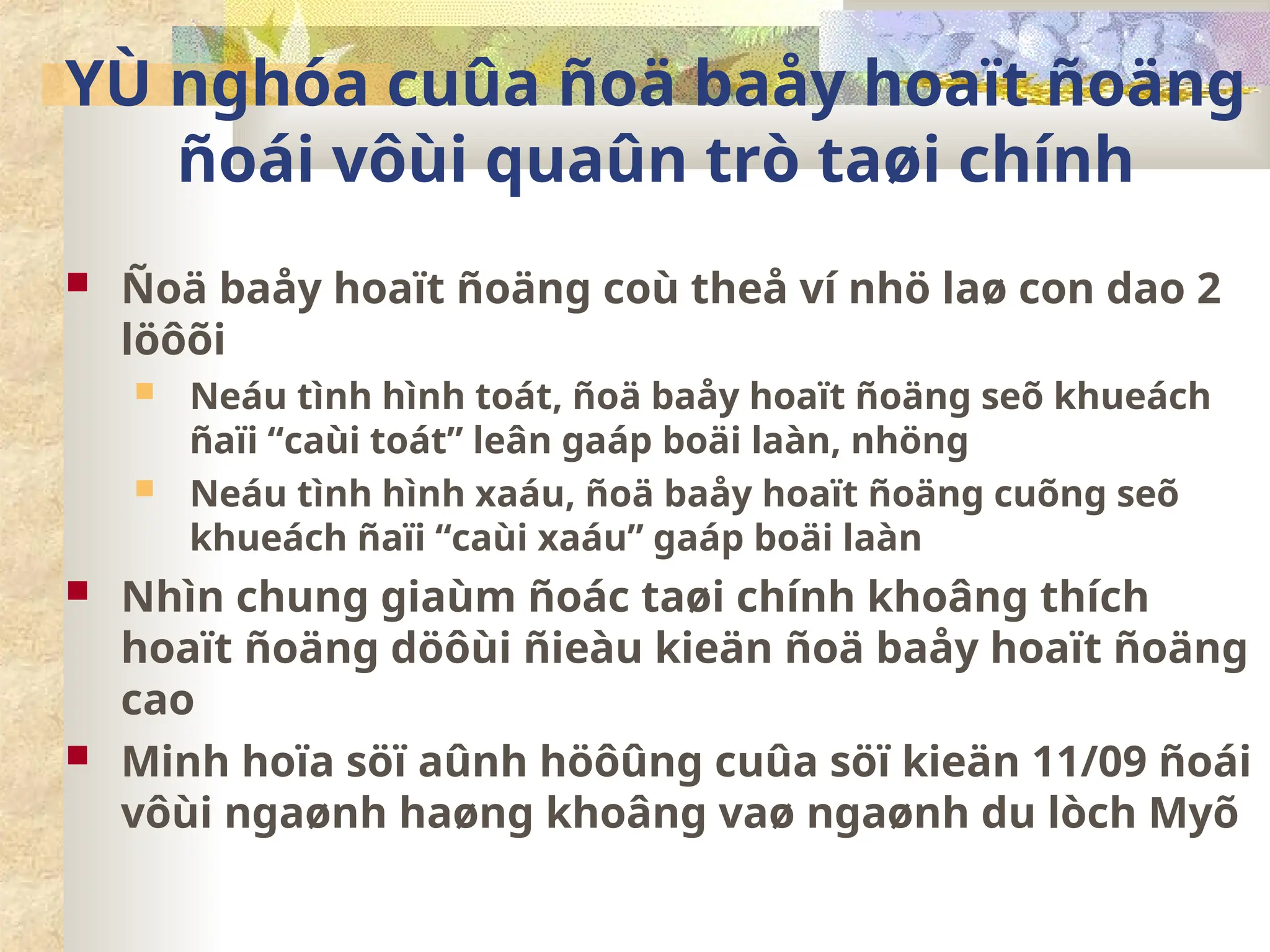Tai Chi exercises for weight loss: Moves and risks
Brush Knee and Twist Step is a dynamic tai chi exercise focusing on the abdominal area. This movement combines slow, deliberate actions with precise muscle control, making it highly effective for reducing belly fat. Participants in tai chi classes often find this exercise beneficial for improving balance and flexibility. First, predetermined number of clusters per arm (9 clusters/3 arms) in our cluster RCT led to imbalance in some variables. Participants in the control group seemed to have better waist circumference and FGB than those in intervention groups at baseline.

How long does it take to see benefits from Tai Chi?
Tai Chi System by Dianne Bailey offers a generous 7-day free trial with complete access to her video membership. You get the full Yang 24 Short Form instruction plus foundational principles—enough content to practice for weeks. Bailey’s patient teaching style and clear progressions make complex movements manageable for home learners.
The Physiological Benefits of Tai Chi
This movement involves standing on one leg while performing controlled arm movements, which strengthens the abdominal muscles. Researchers found that tai chi exercises, such as Golden Rooster Stands on One Leg, lead to significant reductions in body weight and belly fat. This movement requires a combination of balance and coordination, engaging the abdominal muscles effectively. Studies, including a randomized controlled trial, have shown that tai chi, including exercises like Repulse Monkey, can significantly impact weight loss and reduce the risk of metabolic syndrome. This form of exercise is particularly beneficial for adults with central obesity, as it offers a low-impact approach to weight loss.
For the BP, an apparent within-group pre-postchange was found in Tai Chi and walking participants, but this effect was limited because no significant difference was observed compared to control. Evidence has shown that reductions in BP appear to be more pronounced in hypertensive subjects [38–40]. Smaller effect size observed in our study may be due to the fact that most participants were normotensive subjects. Whether Tai Chi or walking can serve as the nonpharmacologic adjuncts to prevent hypertension may need long-term observation. Mean differences of body weight, total fat mass, waist circumference, and fasting blood glucose from baseline to 12 weeks by male and female in three groups.
1. Design and Participants
✅ A complete 30-day weight loss program that guides you day by day, removing all guesswork. ❌ High-impact workouts that cause injuries or exhaustion — Tai Chi is low-impact, gentle, and safe for all ages. If you’re considering incorporating Tai Chi into your weight loss regimen, it’s crucial to understand how to do so effectively. Tai Chi practice is often suggested for older adults—it has a well-deserved reputation for improving balance and preventing falls. But experts agree that the benefits go far beyond balance, and anyone and everyone should give it a try.
The health benefits of Tai Chi
Its benefits extend beyond burning calories as it promotes cardiovascular health, muscle strength, stress reduction and mindfulness. By incorporating Tai Chi into your weight loss journey you’ll be able to achieve results while also enhancing your overall well being. Set a specific time; Dedicate a particular time of day for your tai chi practice. Additionally you have the option to combine Tai Chi with exercises like strength training or cardiovascular workouts, which can further enhance your weight loss efforts.
Many practitioners combine online learning with occasional in-person workshops for the best of both approaches. The trick isn’t finding tai chi content online—it’s cutting through the noise to find programs that actually work. YouTube hosts thousands of tai chi videos, but many lack proper progression or authentic technique. Subscription services promise comprehensive curricula, yet some deliver recycled content with hefty price tags. Free trials abound, though they often serve as expensive appetizers to premium programs. Tai Chi stimulates the bodys metabolism resulting in energy expenditure throughout the day.
Dr. Paul Lam’s Tai Chi Productions brings medical credibility to free tai chi instruction. His channel features gentle movements designed specifically for seniors and people with chronic conditions like arthritis or diabetes. The CDC recommends his programs for fall prevention—that’s institutional backing you can trust. Videos focus on therapeutic benefits rather than martial applications, making them perfect for health-conscious beginners.
Instructor Chris Davis covers topics from basic stances to advanced internal energy work, helping home practitioners understand the “why” behind the movements. The theoretical knowledge enhances physical practice and prevents mindless repetition. Smart platforms offer substantial free trials that provide real value, not just marketing teasers.
That’s enough time to perform the “fab four basic moves” that her research has found reinforces daily practice and produces positive health results. When you decide to try out Tai Chi, find a flat, open space to perform your movements and plan on a specific time to practice, explains Chewning, who has been practicing daily Tai Chi for nearly 48 years. If a person has Medicare Advantage, they can check if their plan includes SilverSneakers or other coverage for fitness programs. They can also check at community centers, senior centers, and gyms to find local tai chi classes. A 2019 review of research indicated that in community-dwelling older adults, there is low certainty evidence that tai chi can help reduce the rate of falls by 19%.
- Exercise has long been tied to improved mental health, and Tai Chi may be the mind-body workout you needed to boost your mood and encourage a healthy mental state.
- This routine strengthens your entire body, increases bone density, and improves cardiovascular performance.
- Premium subscriptions ($30-60 monthly) provide comprehensive instruction with community support and instructor feedback.
- Although often perceived as a gentle martial art, Tai Chi is much more than that.
- Customers appreciate David-Dorian Ross’s teaching style, with one mentioning his relaxed approach and another noting the helpful 9-minute segment.
- The trial approach lets you sample different teaching styles and philosophies without financial commitment.
{
|}{
|}{
|}
Advertisements in flyers, surface mails, and bulletin boards were used for recruitment. To screen eligible participants, all preliminary registered subjects were evaluated by health consultants using professional assessment form. Only https://en.wikipedia.org/wiki/MadMuscles inactive (no lifestyle physical activity or structured exercise experiences for at least 6 months [24]) persons were included. Those with cardiovascular and pulmonary diseases, neurological disorder, asthma, hearing and visual disabilities, communicable diseases, and musculoskeletal disorder were excluded. Many classes nowadays are designed for beginners and people who have limited movement.
{ |}
|}
{
Practice Consistently
|}

Weekend warriors looking for gentle exercise will hate this approach, while serious martial artists find health-only programs insufficiently challenging. Premium programs cost $30-60 monthly but deliver authentic traditional instruction typically found only at high-level martial arts schools. These platforms attract serious practitioners willing to invest significantly in their tai chi development. The NHS Shibashi Qigong guide offers 18 illustrated movements with both standing and seated variations.
{
Personalized Online Tai Chi Instruction for Home Learning
|}
{ |}
|}
Within 1 week, the qualified Tai Chi Chuan instructors led 3 days of practices, and 2 other days were alloted for self-practice. Before and after the normal pratice, 10 min of warm-up stretching and 5 min of cool-down stretching were implemented, respectively. They were encouraged to walk with their friends or families; the route of the walk could be a circle line or straight line depending on their preference. The warm-up and cool-down stretching, as well as the practice frequency, were similar as Tai Chi exercise. The actual implementations of practicing Tai Chi and walking were recorded by an exercise log. For those allocated to control group, they were told that they would be provided two sessions of free health and fitness assessment with an interval of three months (12 weeks).
